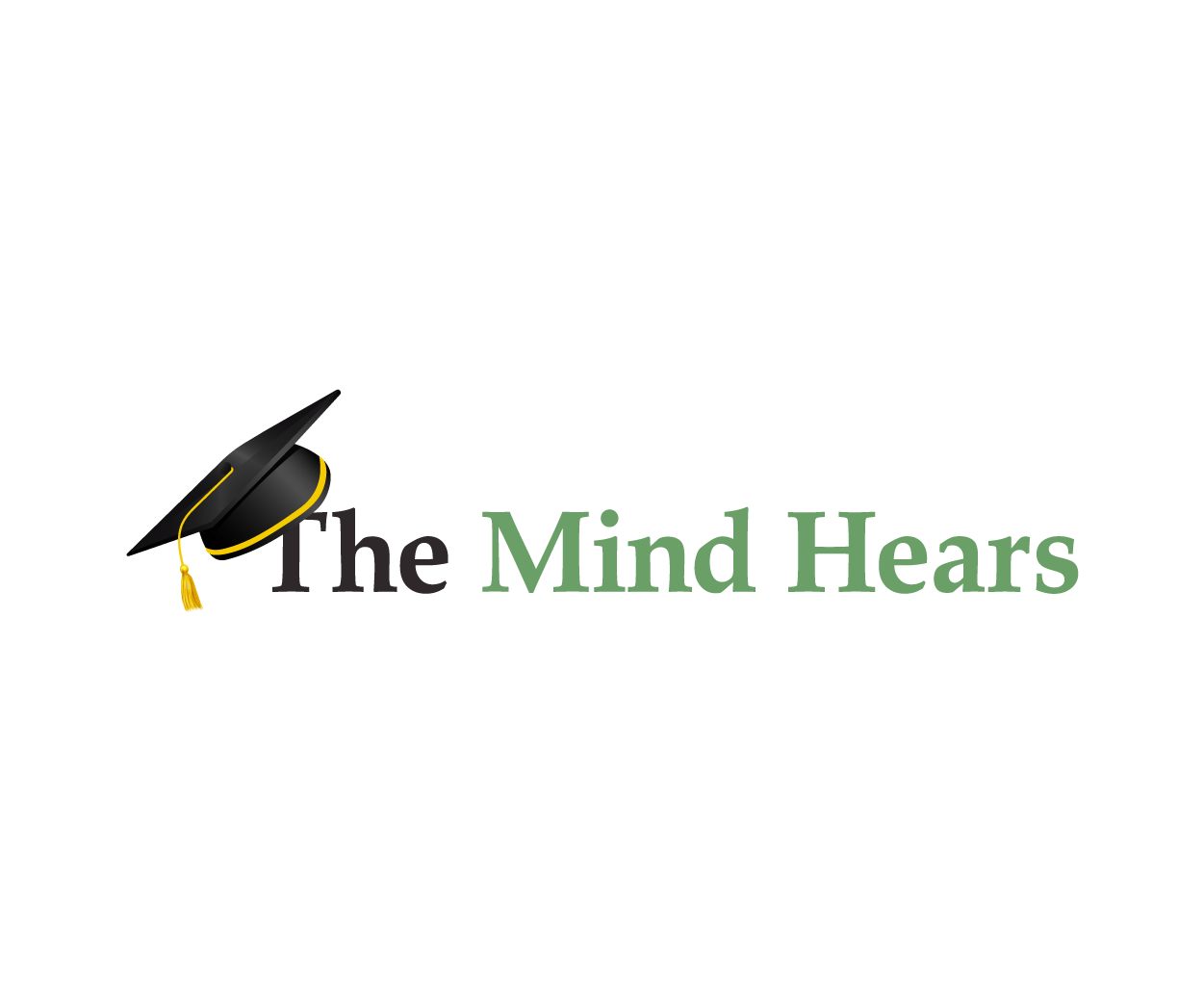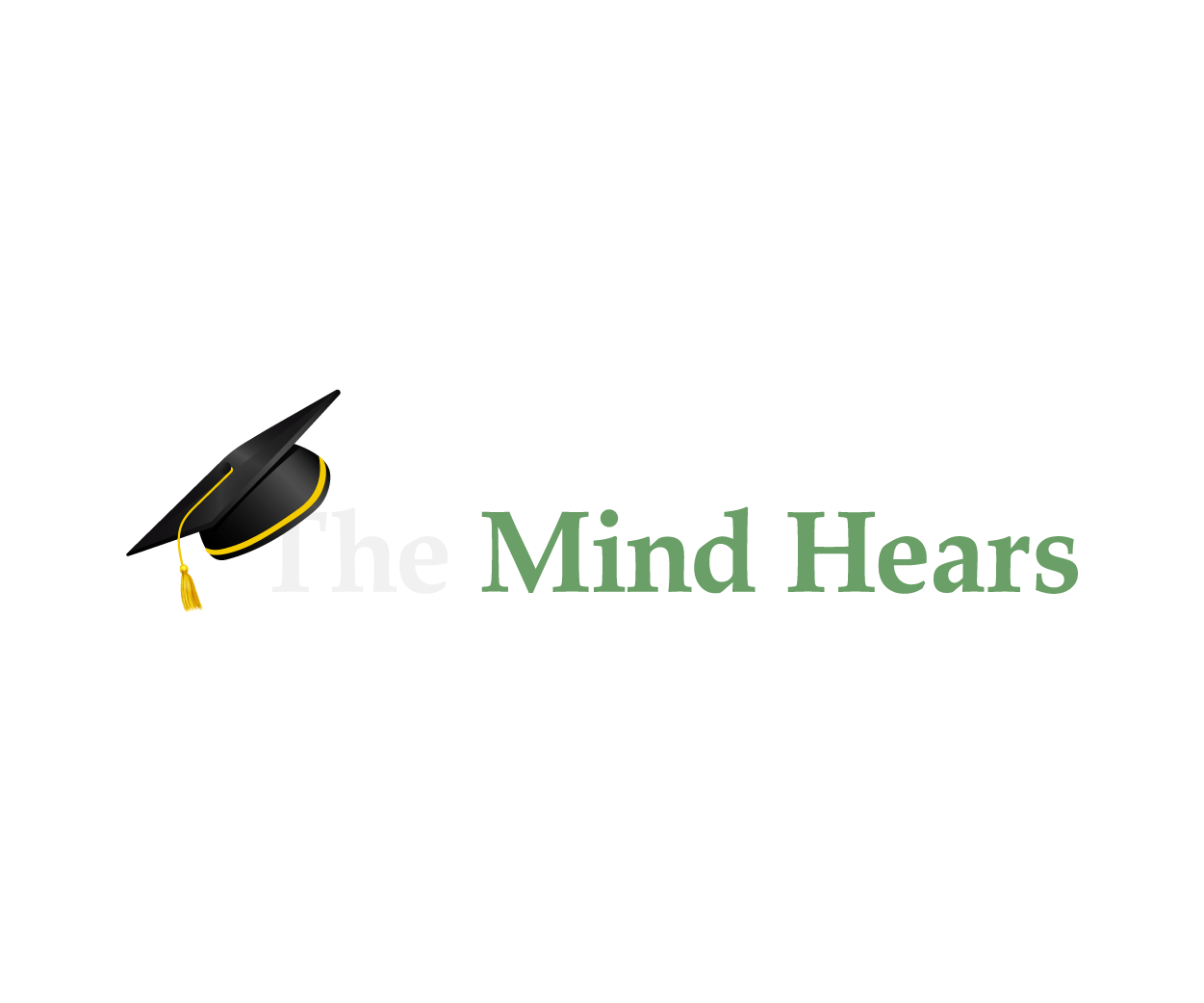technology for accomodation
conferencesmeetings
Using FM Systems at Conferences
-Michele You’re wearing your hearing aids, sitting at a conference presentation, feeling confident that you’re understanding what’s going on, when it happens. The...
ByMichele CookeApril 9, 2019








